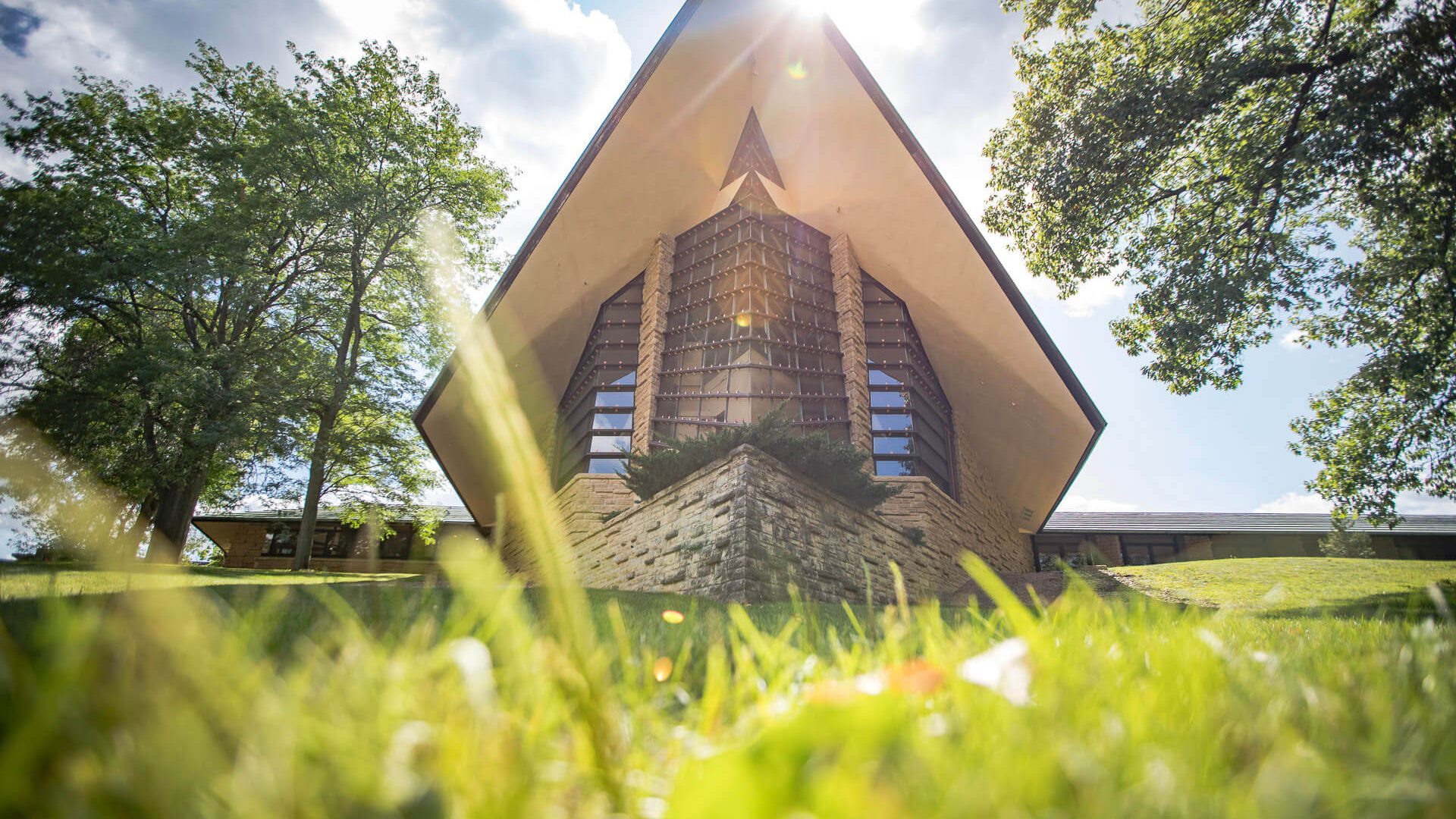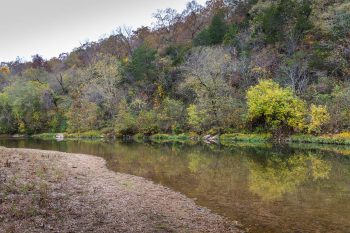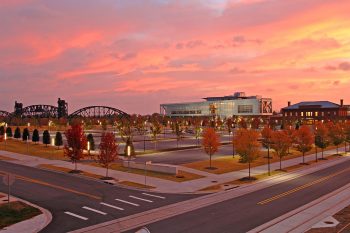Frank Lloyd Wright—considered one America’s greatest architects—once called Wisconsin home, and left a legacy of impressive public buildings and private residences that can still be seen here.
Monona Terrace Community and Convention Center, Madison
Madison is home to two unique public buildings designed by Wright. The Monona Terrace Community and Convention Center, on the shores of Lake Monona, was built in the 1990s and inspired by Wright’s 1938 design for a “dream civic center.” He first designed it as a cultural, governmental and recreational building, then reworked the design several times between 1938 and 1959, signing off on the final plans just seven weeks before his death. Monona Terrace was completed in 1997 on the same site that Wright had originally proposed, with his design used for the building’s exterior. Guided tours are offered daily.
First Unitarian Society Meeting House, Madison
The Wright-designed First Unitarian Society Meeting House on Madison’s near west side was completed in 1951 and is recognized as one of the world’s most innovative examples of church architecture. The structure was constructed of native limestone and oak with large glass areas, a soaring copper roof and a deep-red concrete floor. One of its most prominent features is a prow made of interlacing glass and wood that creates an inspiring, light-filled space in the auditorium. Public tours of the building are offered.
Taliesin, Spring Green
The most notable of all of the Wright-designed structures in Wisconsin is his home and studio complex, known as Taliesin. Located west of Madison amid the rolling countryside of Spring Green, Taliesin is regarded as Wright’s “self portrait.” It’s also one of eight Wright properties recently designated as UNESCO World Heritage Sites. Begun in 1911 and rebuilt twice after fire damage, the home was designed to integrate with the surrounding pastoral landscape, according to Wright’s philosophy of organic architecture. It was filled with furniture designed by Wright and constructed of materials including plaster, limestone, wood and glass that were meant to mirror its natural setting. Over the 50 years that Wright lived and worked at Taliesin, the home was an ongoing architectural project, as he continued to modify it until his death in 1959. Wright used the buildings on his estate to test new ideas and spatial constructs, making them an enduring testament to his evolving views on architecture and nature. The 600-acre (240 hectare) landmark estate includes several other Wright-designed structures. Four different public tours of Taliesin are offered from May through October.
Model B1: American-System Built Home, Milwaukee
Built in 1916, Wright’s Model B1 was constructed at 2714 W. Burnham Street in Milwaukee. Model B1 homes are an early example of prefabricated housing; however, when America entered World War I, sales and development halted. Built for clients who could afford little, Wright’s small houses are among some of his greatest masterpieces. Wright strove to design affordable housing while keeping space, light and movement in mind. Model B1 can be toured by the public.
Johnson Wax Administration Building, Racine
Two Wright-designed buildings are located in the southeastern Wisconsin city of Racine. Opened in 1939, the Johnson Wax Administration Building still serves today as SC Johnson’s international headquarters. More than 200 sizes and shapes of bricks were made according to Wright’s specifications to create the building’s unique angles and curves. Designed to be the main office area, the Great Work Room is the building’s most renowned feature, with slim dendriform columns supporting its roof and glass tubing used in place of conventional windows. Public tours are offered on Fridays year-round.
Learn more about the buildings on Wisconsin’s Frank Lloyd Wright Trail.
See where you can book a stay at Frank Lloyd Wright homes in Wisconsin.
A version of this article originally appeared on TravelWisconsin.com.




